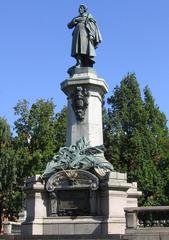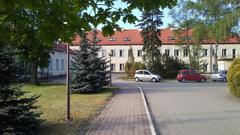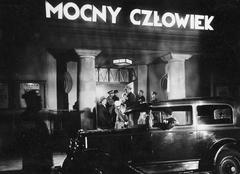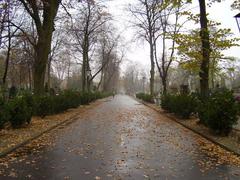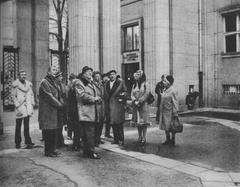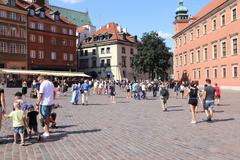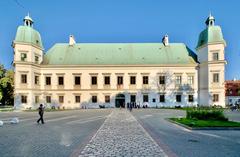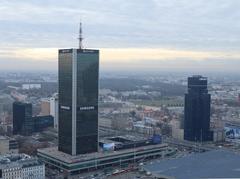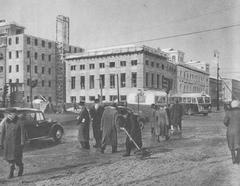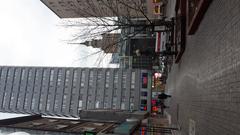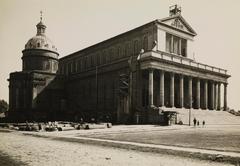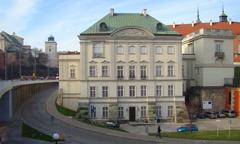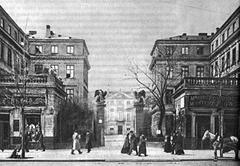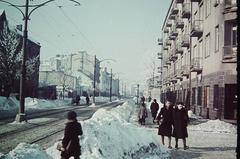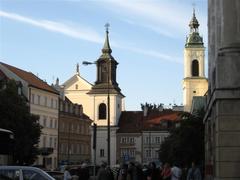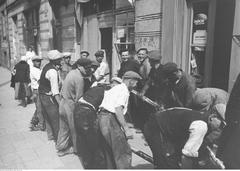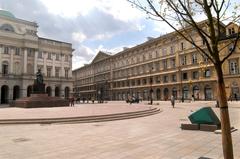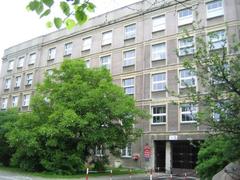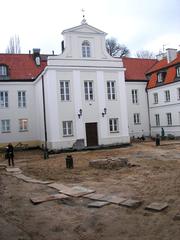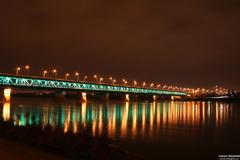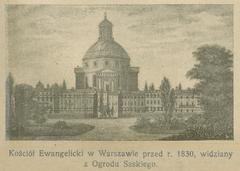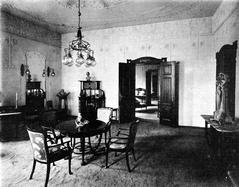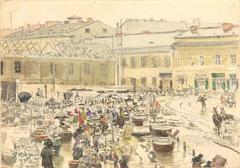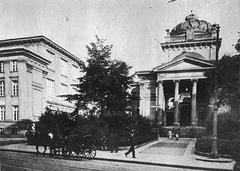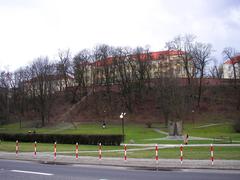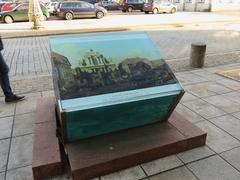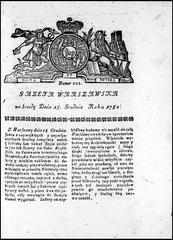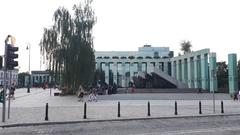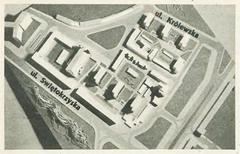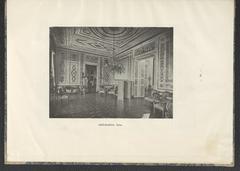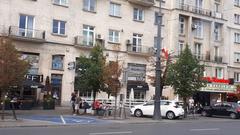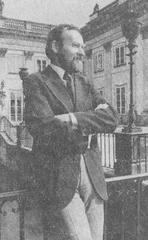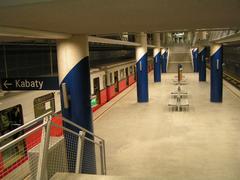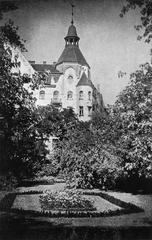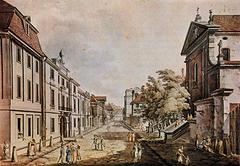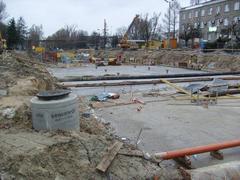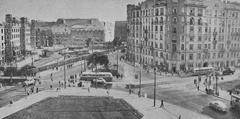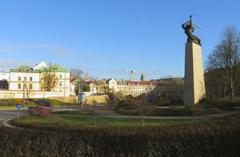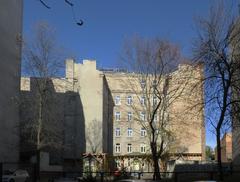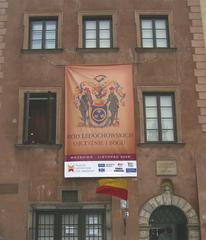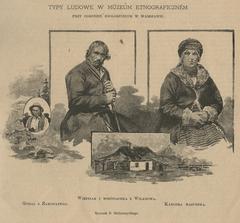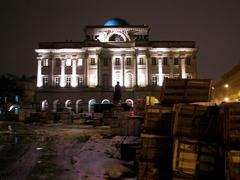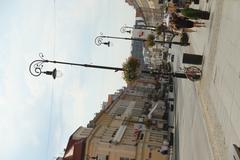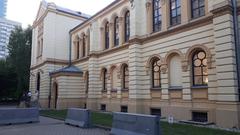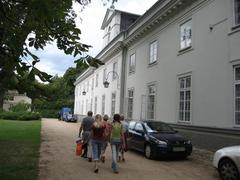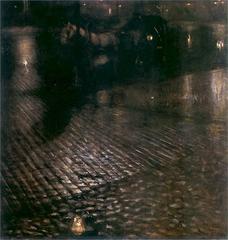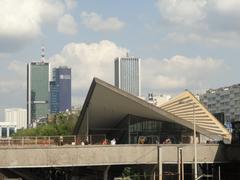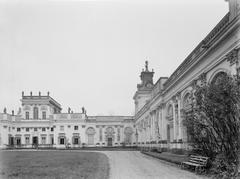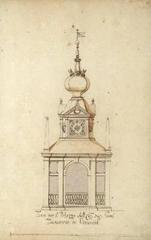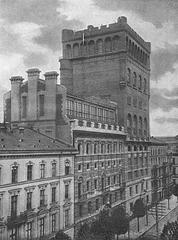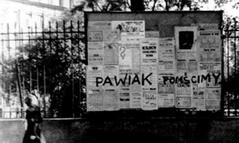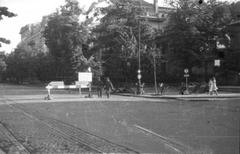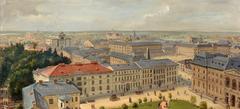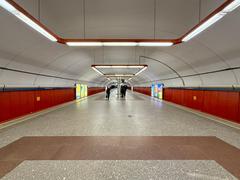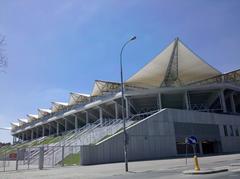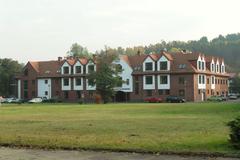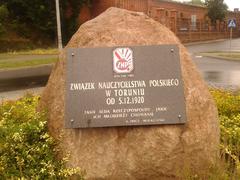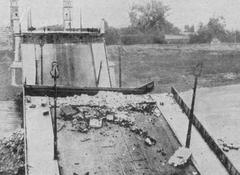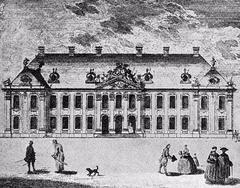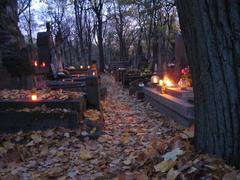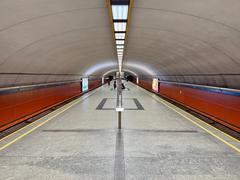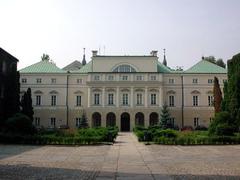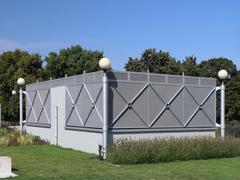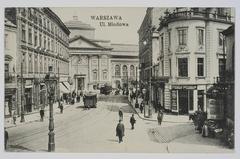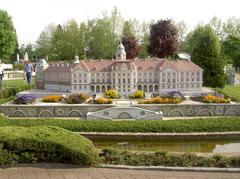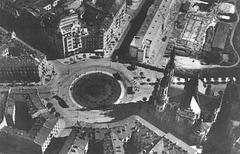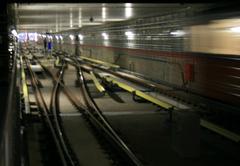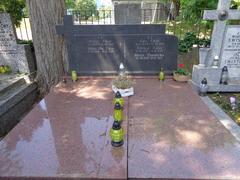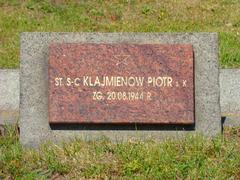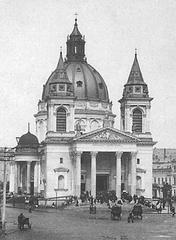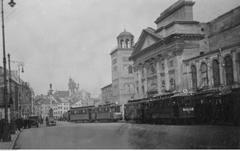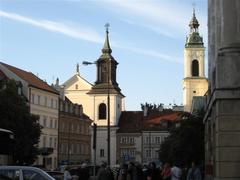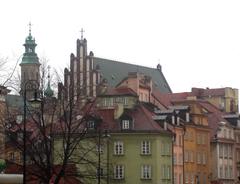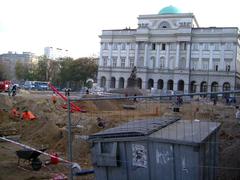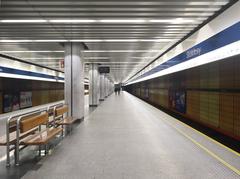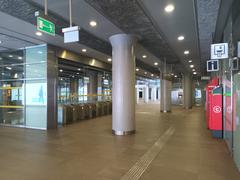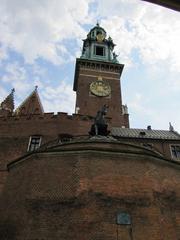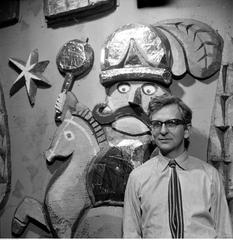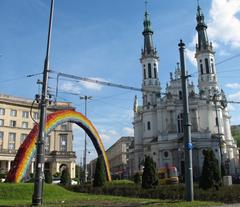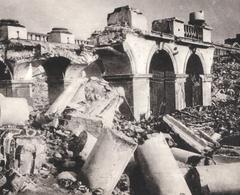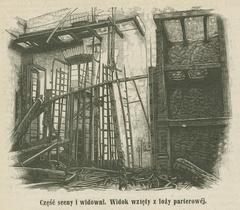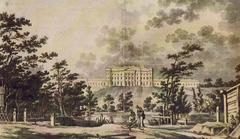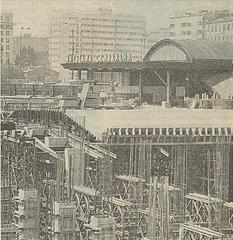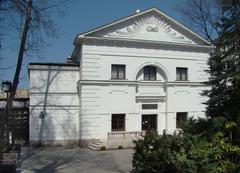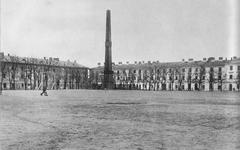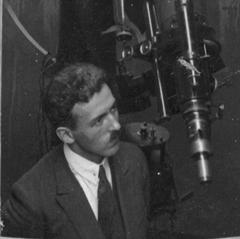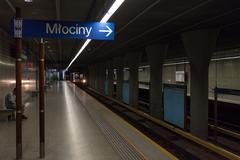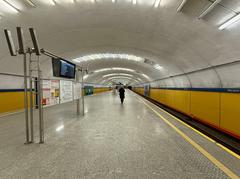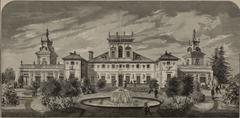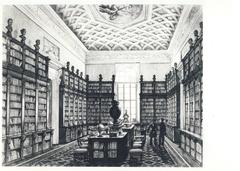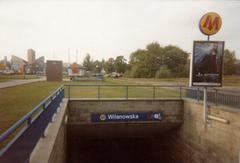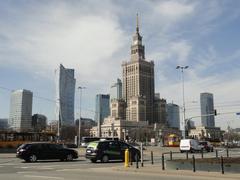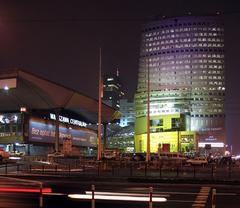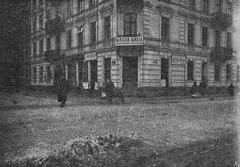
Visiting Hours and Ticket Information for Ogród Saski in Warsaw
Date: 17/07/2024
Introduction to Ogród Saski in Warsaw
Welcome to the Comprehensive Guide to Visiting Ogród Saski, Warsaw’s oldest and most cherished public park. Located in the heart of Poland’s bustling capital, Ogród Saski, or the Saxon Garden, offers visitors an immersive experience of historical grandeur, cultural relevance, and natural beauty. Established in the late 17th century as part of the grand urban development project initiated by King Augustus II the Strong, this garden has evolved over centuries to become a symbol of resilience and community spirit (Culture.pl).
Ogród Saski is not just a simple park; it is a historical landmark that has witnessed significant transformations and events, including World War II devastations and post-war reconstruction efforts. Its rich history is complemented by its architectural marvels, such as the remnants of the Saxon Palace and the iconic Great Fountain designed by Henryk Marconi. The garden also serves as a cultural and social hub, hosting numerous events and activities that attract both locals and tourists (WarsawTour).
Whether you are a history enthusiast, a nature lover, or someone seeking a peaceful retreat in Warsaw, this guide provides comprehensive information on visiting hours, ticket prices, accessibility, nearby attractions, and more. Our aim is to offer you an enriching and memorable visit to this historical gem, ensuring that you make the most of your time in Ogród Saski.
Table of Contents
- Introduction
- History of Ogród Saski
- Visitor Information
- Nearby Attractions
- Cultural and Social Significance
- Preservation and Conservation Efforts
- Future Prospects and Developments
- FAQ
- Conclusion
History of Ogród Saski
Early Origins and Establishment
Ogród Saski, also known as the Saxon Garden, is one of Warsaw’s oldest public parks, with its origins tracing back to the late 17th century. The garden was initially part of the Saxon Axis, a grand urban development project initiated by King Augustus II the Strong of Poland and Elector of Saxony. The project aimed to create a baroque-style urban layout that would reflect the grandeur and power of the Saxon dynasty. The garden itself was designed in the French formal style, characterized by symmetrical patterns, geometric shapes, and meticulously manicured lawns and hedges.
Transformation into a Public Park
In 1727, Ogród Saski was opened to the public, making it one of the first public parks in Poland and Europe. This move was part of a broader trend during the Enlightenment period, where urban green spaces were increasingly made accessible to the general populace. The garden quickly became a popular spot for Warsaw’s residents, offering a serene escape from the bustling city life.
Architectural and Artistic Highlights
Throughout the 18th and 19th centuries, Ogród Saski underwent several transformations and expansions. Notable architectural and artistic additions included the construction of the Saxon Palace, which served as the royal residence, and the erection of various statues and fountains. One of the most iconic features of the garden is the Great Fountain, designed by the renowned architect Henryk Marconi in the mid-19th century. The fountain, with its intricate sculptures and water displays, remains a central attraction in the garden.
The Impact of World War II
The history of Ogród Saski is also marked by the tumultuous events of World War II. During the Nazi occupation of Poland, the Saxon Palace and many other structures within the garden were destroyed. The garden itself suffered significant damage, with many of its trees and plants being uprooted or destroyed. Despite these devastations, the garden remained a symbol of resilience and hope for the people of Warsaw.
Post-War Reconstruction and Modern Developments
After the war, efforts were made to restore Ogród Saski to its former glory. The reconstruction process was gradual, with many of the garden’s original features being meticulously restored or recreated. In the 1950s, the Tomb of the Unknown Soldier was established within the garden, serving as a poignant memorial to the countless Polish soldiers who lost their lives in various conflicts. The tomb is guarded by an eternal flame and is a site of national significance, attracting numerous visitors and dignitaries each year.
Visitor Information
Visiting Hours and Ticket Prices
Ogród Saski is open to the public every day of the week. While there is no admission fee to enter the garden, visitors are encouraged to check the official Warsaw Tourism website for any special events or temporary closings that might affect visiting hours.
Accessibility and Travel Tips
The garden is easily accessible and well-connected by public transportation. It is located in the heart of Warsaw, making it convenient for both locals and tourists. The garden is wheelchair accessible, and there are numerous benches and picnic areas for visitors to relax and enjoy the surroundings.
Nearby Attractions
While visiting Ogród Saski, tourists can also explore other nearby historical sites such as the Royal Castle, the Old Town Market Square, and the Warsaw Uprising Museum. These attractions offer a deeper understanding of Warsaw’s rich history and cultural heritage.
Cultural and Social Significance
Ogród Saski holds a special place in the cultural and social fabric of Warsaw. Over the centuries, it has been a venue for numerous cultural events, public gatherings, and social activities. The garden has inspired countless artists, writers, and musicians, contributing to its rich cultural legacy. Today, it continues to be a vibrant public space, hosting various cultural and recreational events throughout the year.
Preservation and Conservation Efforts
In recent years, there has been a growing emphasis on the preservation and conservation of Ogród Saski. Various initiatives have been undertaken to protect the garden’s historical and natural heritage. These efforts include the restoration of historical monuments, the planting of native flora, and the implementation of sustainable landscaping practices. The garden is also part of Warsaw’s broader urban green space network, contributing to the city’s environmental sustainability and quality of life.
Future Prospects and Developments
Looking ahead, Ogród Saski is poised to continue its legacy as a cherished public space in Warsaw. Future developments aim to enhance the visitor experience while preserving the garden’s historical and natural heritage. Plans include the introduction of new cultural and educational programs, the expansion of green spaces, and the integration of modern amenities. These efforts will ensure that Ogród Saski remains a vibrant and sustainable urban oasis for generations to come.
FAQ
Q: What are the opening hours of Ogród Saski?
A: Ogród Saski is open every day. Check the official Warsaw Tourism website for any special events or temporary closings that might affect visiting hours.
Q: Is Ogród Saski accessible for wheelchairs?
A: Yes, the garden is wheelchair accessible and offers numerous benches and picnic areas for relaxation.
Q: Are there guided tours available?
A: While there are no regular guided tours specifically for Ogród Saski, visitors can join general city tours that include the garden as one of the stops. Check with local tour operators for details.
For more detailed information on the history and significance of Ogród Saski, you can visit the official Warsaw Tourism website.
Conclusion
Ogród Saski stands as a testament to Warsaw’s rich historical and cultural heritage. From its origins in the late 17th century as part of King Augustus II the Strong’s grand urban project to its transformation into a beloved public park in 1727, the garden has continuously evolved, reflecting broader trends in landscape design and urban planning (WarsawTour). The garden’s resilience is particularly evident in its post-World War II reconstruction efforts, which have meticulously restored many of its original features.
Today, Ogród Saski is more than just a historical site; it is a vibrant public space that hosts numerous cultural and recreational events throughout the year. Its architectural highlights, such as the Great Fountain and the Tomb of the Unknown Soldier, add layers of historical and artistic depth to the visitor experience. Moreover, the garden’s commitment to preservation and conservation ensures that it remains a sustainable urban oasis for future generations (Culture.pl).
By following the information and tips provided in this guide, visitors can fully immerse themselves in the rich history and serene beauty of Ogród Saski. We encourage you to explore nearby attractions, participate in cultural events, and take in the picturesque surroundings. Stay updated on the latest events and developments by following Ogród Saski on social media and checking official websites. Enjoy your visit to this cherished historical landmark and make lasting memories in the heart of Warsaw.
References and Further Reading
- Discover Ogród Saski - Visiting Hours, Tickets, and Historical Significance in Warsaw, 2023, Warsaw Tourism https://warsawtour.pl/en/main-page/
- Exploring Ogród Saski - Visiting Hours, Tickets, and Historical Insights, 2023, Culture.pl https://culture.pl/en/article/the-saxon-garden-warsaws-first-public-park
- Ultimate Guide to Visiting Ogród Saski - Hours, Tickets, and Top Attractions in Warsaw, 2023, WarsawTour https://warsawtour.pl/en/saxon-garden-ogrod-saski-2/

































